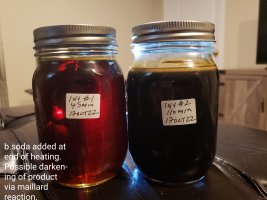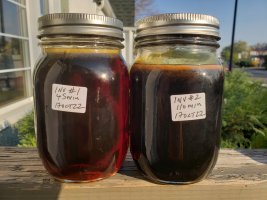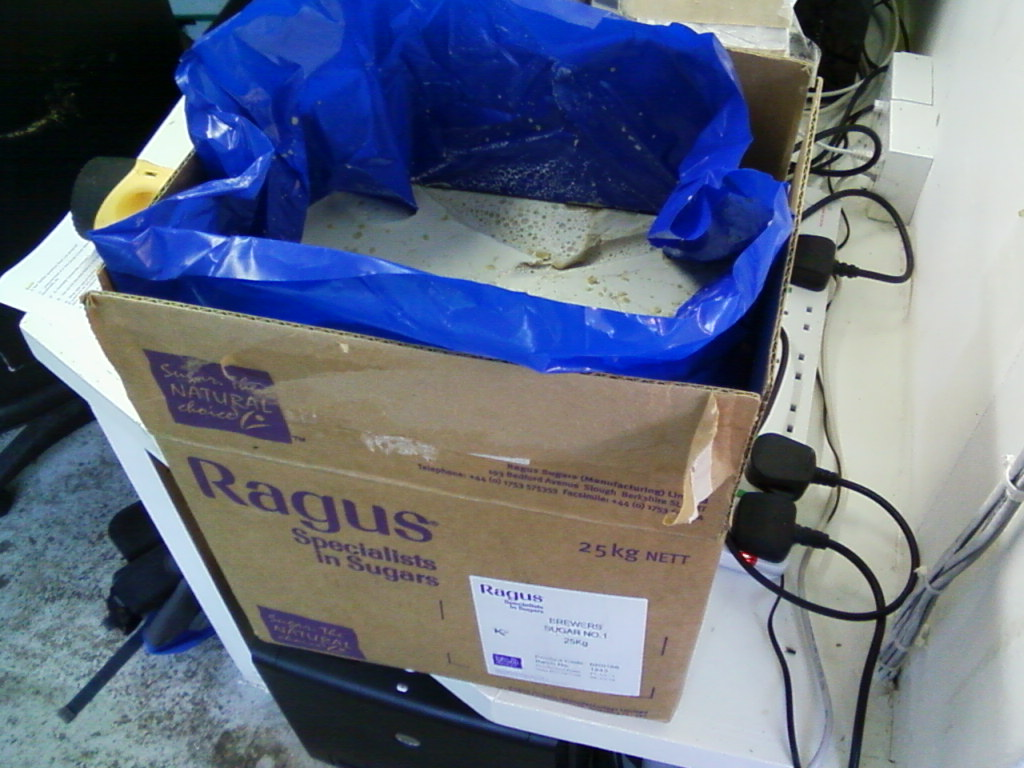- Joined
- Apr 18, 2006
- Messages
- 16,779
- Reaction score
- 5,896
Googled this for you.Interesting thread ( I'm from Belgium ) . I'm confused, could someone explain the difference between your inverted sugar ( sugar + citric acid + water + heat ) and candi syrup ??
Jacques
https://byo.com/article/sweetness-brewing-sugars-how-to-use-them/
Belgian candi sugar is sucrose that has been caramelized to some degree, depending on the color. Dark candi sugar will have more of a caramel taste than the amber variety. Aside from the caramel notes, it will behave exactly like table sugar.
Invert sugar syrups, such as Lyle’s Golden syrup, are made from sucrose that has been hydrolyzed to separate the glucose and fructose. This has two effects: first, it makes the sugar more syrupy and less likely to crystallize. Secondly, it makes it sweeter. Invert sugar syrup is like artificial honey without the characteristic honey flavors. Golden syrup type products tend to be a bit salty tasting due to the acid -base reactions during manufacture. Treacle is partially inverted molasses combined with other syrups. The flavor contributions from treacle can be strong, so it is best to use it in heavier bodied beers like English strong ales, porters, and sweet stout. One half cup per 5-gallon (19-L) batch is a recommended starting point.








